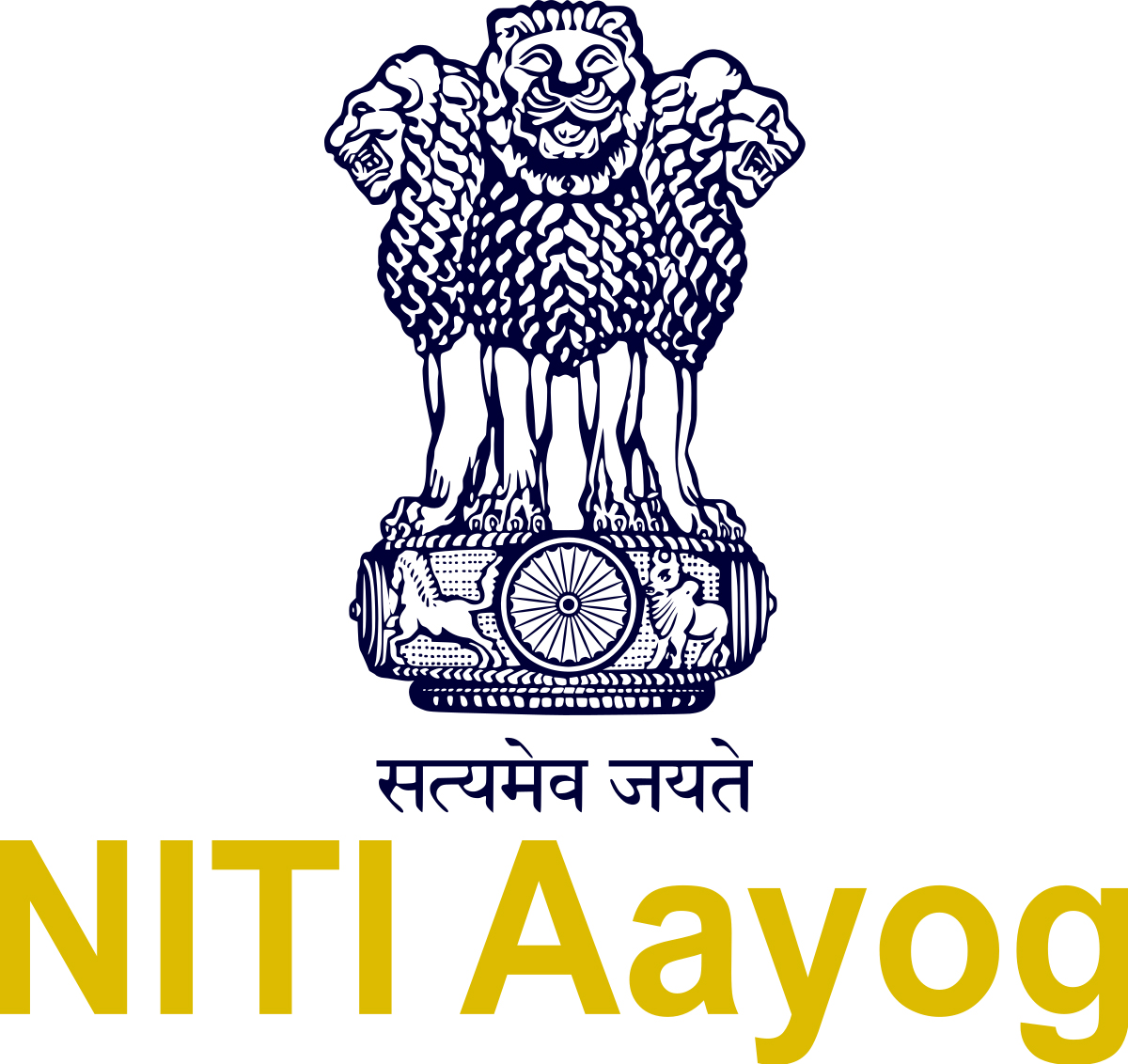Decline registered from 12.56% to 4.80%: NITI Aayog
*Take action to improve indicators further: CEO
Mohinder Verma
JAMMU, July 20: A significant decline has been witnessed in Jammu and Kashmir’s Multidimensional Poverty on the basis of National Family Health Survey (NFHS) -5 (2019-2021) in comparison to National Family Health Survey-4 (2015-16) with over one million people escaping poverty.
As per the National Multidimensional Poverty Index released by the National Institution for Transforming India (NITI) Aayog recently, as per National Family Health Survey-4, 12.56% of the total population in Jammu and Kashmir was multidimensional poor and the Multidimensional Poverty Index (MPI) was 0.055.
However, as per National Family Health Survey-5 (2019-21), the percentage of multidimensional poor population has reduced to 4.80% and MPI is 0.020. As per the report, the number of people who exited multidimensional poverty in Jammu and Kashmir is 10,44,860.
The Multidimensional Poverty Index has been worked out on the basis of 12 indicators like Nutrition, Child and Adolescent Mortality, Maternal Health, Years of Schooling, School Attendance, Cooking Fuel, Sanitation, Drinking Water, Housing, Electricity, Assets and Bank Account.
Over 25.88% of Jammu and Kashmir’s population was deprived of nutrition in 2015-16, which has been reduced to 15.52% during 2019-21. During 2015-16, the percentage of child and adolescent mortality rate was 1.85% in Jammu and Kashmir, which has been reduced to 0.75% during 2019-21.
Over 12.73% of Jammu and Kashmir’s population was deprived of Maternal Health in 2015-16 which has been reduced to 7.58% during 2019-21. During 2015-16, the percentage of the population deprived of schooling was 6.83% in Jammu and Kashmir and the same has been reduced to 4.25% during 2019-21.
Similarly, school attendance in Jammu and Kashmir has increased from 2.94% during 2015-16 to 3.74% during 2021-22, the report said, adding the total population deprived of cooking fuel as per the NFHS 2015-16 was 45.38%, which as per NHFS 2019-21, has declined to 32.23%.
During 2015-16, the percentage of the population deprived of sanitation was 46.23% in Jammu and Kashmir and the same has reduced to 24.30% during 2019-21. Likewise, over 13.77% of Jammu and Kashmir’s population was deprived of drinking water in 2015-16, which has been reduced to 10.37% during 2019-21.
The total number of the population deprived of electricity as per the NFHS 2015-16 was 1.38%, which as per NFHS 2019-21 has declined to 0.50%. Total 28.65% population was deprived of housing as per NFHS 2015-16 and the same has reduced to 25.36% as per NFHS 2019-21.
Moreover, 16.24% of total population of Jammu and Kashmir was deprived of assets in 2015-16 and as per NFHS 2019-21 only 8.03% population has remained deprived of assets. In 2015-16, 3.98% population was not having bank accounts but as per NFHS 2019-21 only 2.93% has left with no bank accounts.
According to B V R Subrahmanyam, Chief Executive Officer of NITI Aayog, eradicating poverty by 2030 is a pivotal goal of the Agenda for Sustainable Development. Target 1.2 specifically aims at reducing at least half the proportion of men, women and children of all ages living in poverty in all dimensions.
“Developed under the Government of India’s Global Indices for Reforms and Growth (GIRG) mandate, India’s National Multidimensional Poverty Index (MPI) is the first-of-its-kind index which estimates multiple and simultaneous deprivations at a household level across the three macro dimensions of health, education and living standards”, he said, adding “the index rigorously measures national and sub-national performance to facilitate policy actions. The headcount ratio and intensity of multidimensional poverty estimates have also been provided for all districts in the country which is its unique feature”.
He has asked all the States and Union Territories including Jammu and Kashmir and district administration to rigorously examine the report and take appropriate action to improve these indicators, which will significantly help upgrading the lives of people in their respective areas.


